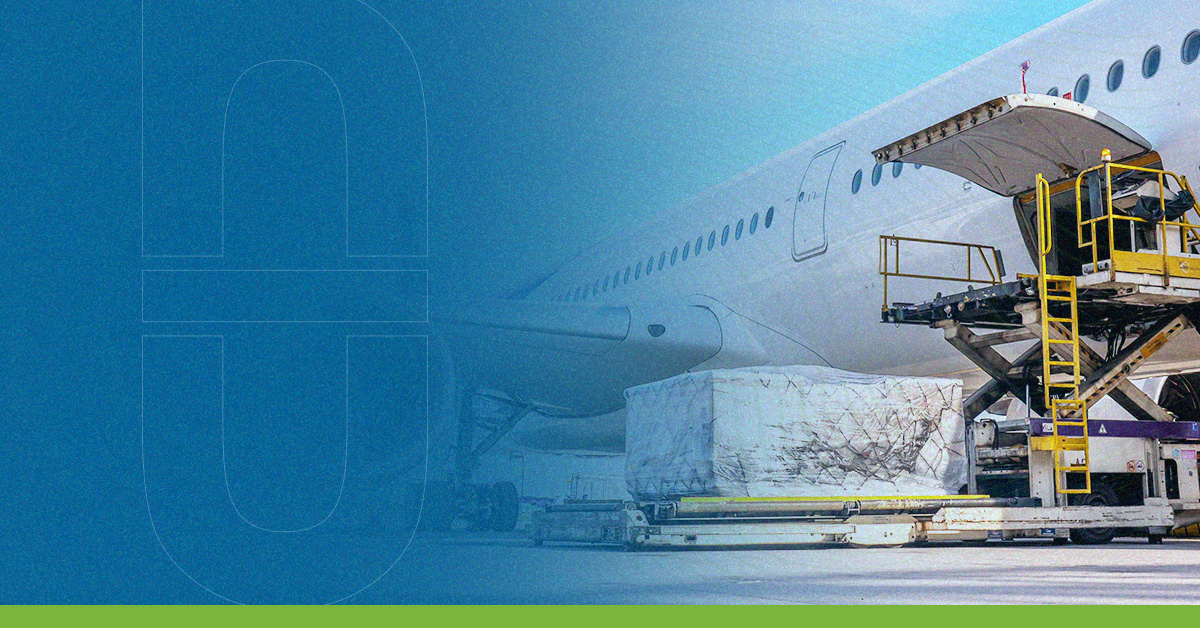The attacks on several commercial ships by the Houthi rebels in the Red Sea, one of the most talked-about cases being that of the Genco Picardy, a freighter belonging to the American transport company Shipping & Trading, which succumbed to this unfortunate event just a few days ago, have triggered a crisis that could escalate to greater proportions both in the military and commercial spheres.
As a result of these events, different transport companies have decided to change the usual maritime route to other alternatives with significantly longer detours, such as circumnavigating the Cape of Good Hope, in order to preserve the physical integrity of the employees involved in these tasks and the goods in transit.
Significant increases in freight rates for maritime shipments due to the Red Sea crisis
As expected, this detour in the maritime route to the Cape of Good Hope due to the Red Sea crisis has resulted in a considerable increase in freight rates in the sector, given the logistical effort and the time it now takes commercial ships to complete their delivery processes. According to information provided by the FBX (Freightos Baltic Index), the increase in the freight rate for the route from Asia to Northern Europe is positioned at about $4,757, representing an 8% increase.
The situation on other alternative routes, such as from Asia to the Mediterranean, has seen significant increases, now standing at $6,700, which adds a more complex nuance, especially considering that many transport companies affected by the crisis have suspended negotiations of their long-term contracts for these rates until further notice.
A difficult outlook for the maritime logistics sector
The Red Sea crisis presents a complicated outlook even for the future, as the longer it continues, the higher the freight rates will climb with the little flexibility this entails, causing in turn a greater negative impact on an industry that until recently was recording outstanding numbers despite the pandemic and other military events. According to data provided in the Drewry Global Composite container index, specialized in analyzing the rates recorded in the sector, prices have seen an incredible increase of 173% at the start of 2024, being the highest figure since the creation of this index in 2011.
Adding other information regarding the current situation in the Red Sea, Lars Jensen, an analyst specializing in the maritime transport sector, comments that at the moment insecurity prevails on these types of routes and that due to this instability, freight rates will certainly reach their highest point before or during the Chinese New Year on February 10th next year.
Sources:
LA SITUACIÓN EN EL MAR ROJO CONTINÚA EVOLUCIONANDO. Sobel
Crisis del Mar Rojo eleva tarifas de flete y comienza a generar escasez de contenedores. Soltegra




